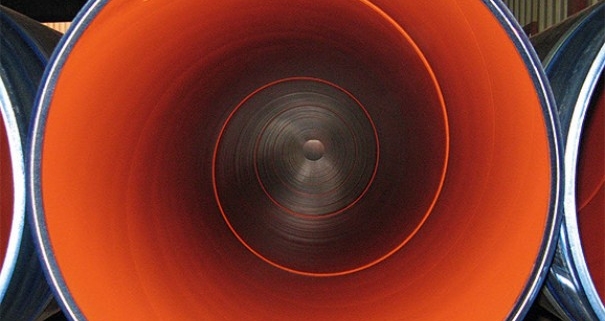ISO 3183 and API 5L are standards related to steel pipes, primarily for use in the oil, gas, and other fluid transportation industries. While there is significant overlap between these two standards, API 5L vs ISO 3183, key differences exist in their scope, application, and the organizations behind them.
1. Issuing Organizations: API 5L vs ISO 3183
API 5L: Issued by the American Petroleum Institute (API), this standard is primarily used in the oil and gas industry. It details the technical requirements for steel pipes transporting oil, gas, and water.
ISO 3183: Issued by the International Organization for Standardization (ISO), this standard is internationally recognized and used globally for steel pipes in the oil and gas transportation sector.
2. Scope of Application: API 5L vs ISO 3183
API 5L: Covers steel pipes for transporting petroleum, natural gas, and other fluids under high pressure. It is widely used in North America, especially in the United States.
ISO 3183: This standard primarily focuses on the design, manufacture, and quality control of steel pipes used in oil and gas pipelines, but its use is more international and applicable in various countries worldwide.
3. Key Differences: API 5L vs ISO 3183
Geographic and Market Focus:
API 5L is more tailored to the North American market (particularly the U.S.), while ISO 3183 is internationally applicable and used in many countries worldwide.
Steel Grades and Requirements:
API 5L defines steel grades like L175, L210, L245, and so on, where the number represents the minimum yield strength in megapascals (MPa).
ISO 3183 also defines similar grades but with more detailed requirements regarding material properties, manufacturing processes, and inspection protocols, aligning with international industry practices.
Additional Specifications:
API 5L emphasizes quality control, certification, and production requirements, whereas ISO 3183 covers a broader scope, with international trade in mind, and provides specifications for different conditions, including temperature, environment, and specific mechanical requirements.
4. Technical Requirements: API 5L vs ISO 3183
API 5L specifies steel pipes’ material properties, manufacturing processes, dimensions, testing methods, and quality control. It defines steel grades from L (low strength) to X grades (higher strength), such as X42, X60, and X70.
ISO 3183 covers similar aspects of steel pipe manufacture, including material quality, heat treatment, surface treatment, and pipe ends. It also provides detailed specifications for pipeline design pressure, environmental considerations, and various pipeline accessories.
5. Comparison of Pipe Grades: API 5L vs ISO 3183
API 5L: The grades range from L grades (low yield strength) to X grades (higher yield strength). For example, X60 refers to pipes with a yield strength of 60,000 psi (approximately 413 MPa).
ISO 3183: It uses a similar grading system but may include more detailed classifications and conditions. It also ensures alignment with global pipeline design and operational practices.
6. Compatibility Between Standards:
In many cases, API 5L and ISO 3183 are compatible, meaning that a steel pipe that meets the requirements of API 5L will generally also meet the requirements of ISO 3183 and vice versa. However, specific pipeline projects may adhere to one standard over the other depending on location, client preferences, or regulatory requirements.
7. Conclusion:
API 5L is more common in the United States and surrounding regions. It focuses on the oil and gas pipeline industry, strongly emphasizing production and quality control.
ISO 3183 is an international standard for global oil and gas pipeline projects. Its more detailed, globally aligned requirements ensure broader acceptance in international markets.
Both standards are very similar regarding material, manufacturing, and testing specifications. Still, ISO 3183 tends to have a broader, more globally applicable scope, while API 5L remains more specific to the North American market. The choice between these standards depends on the pipeline project’s geographical location, specifications, and regulatory needs.




